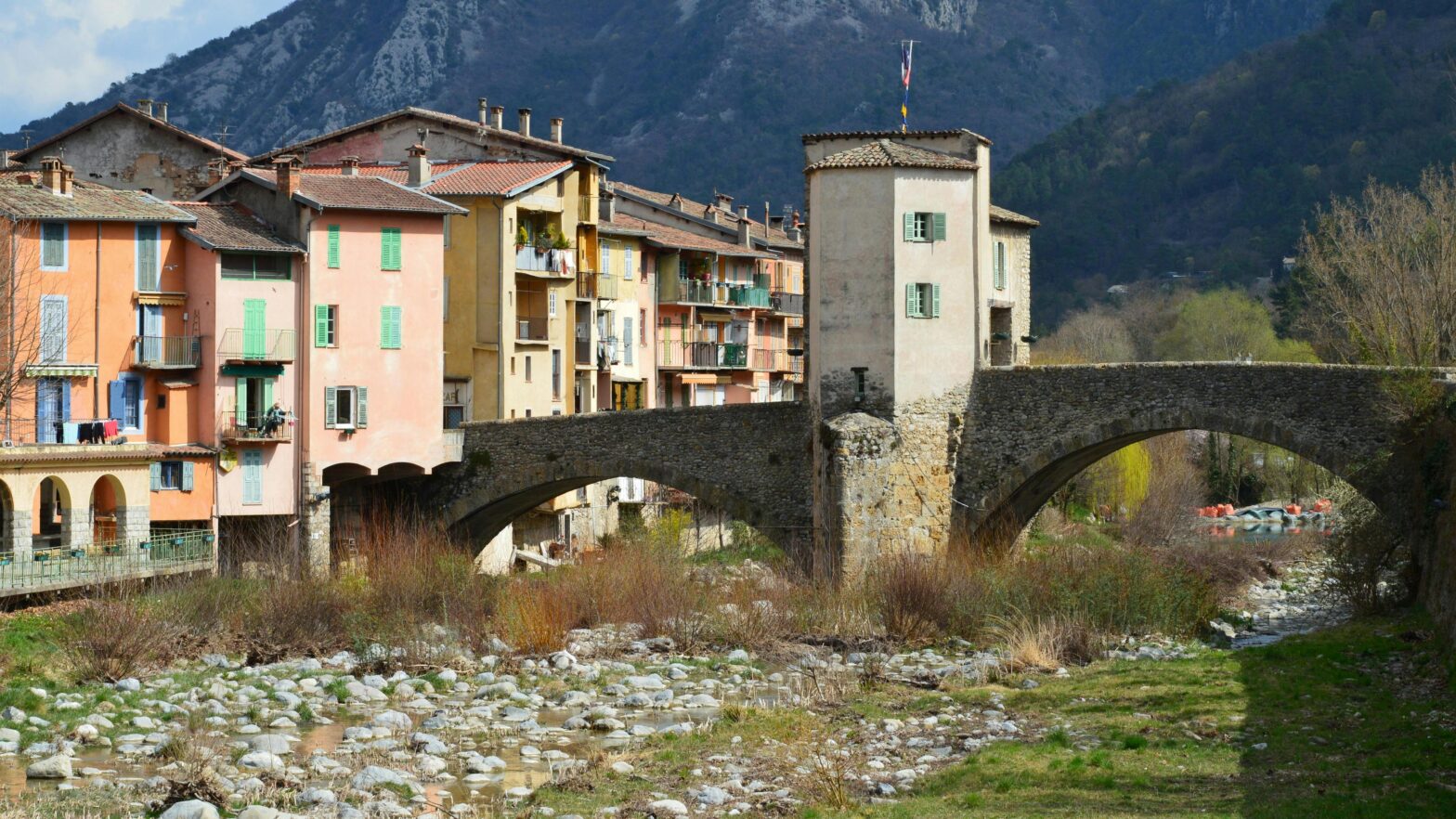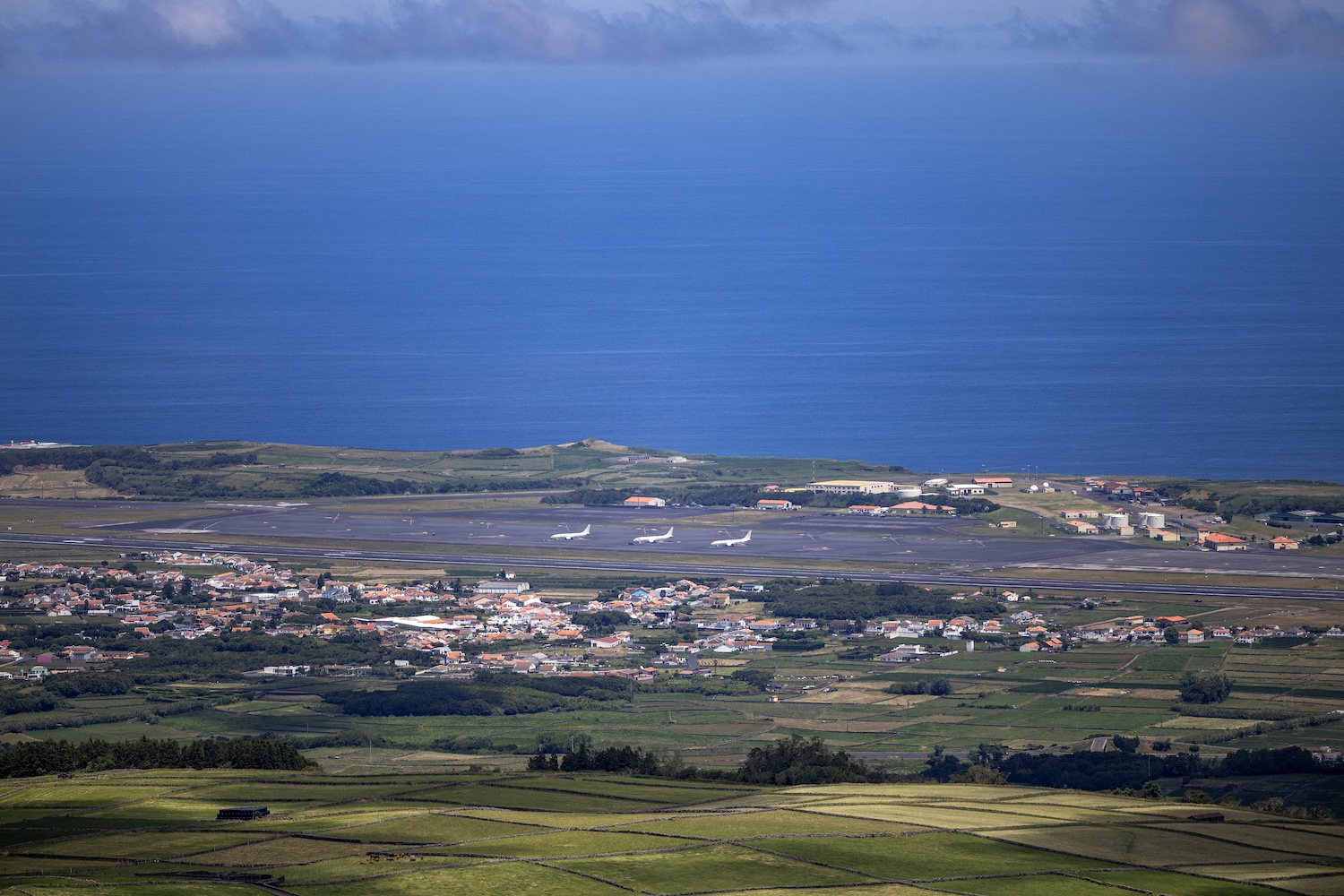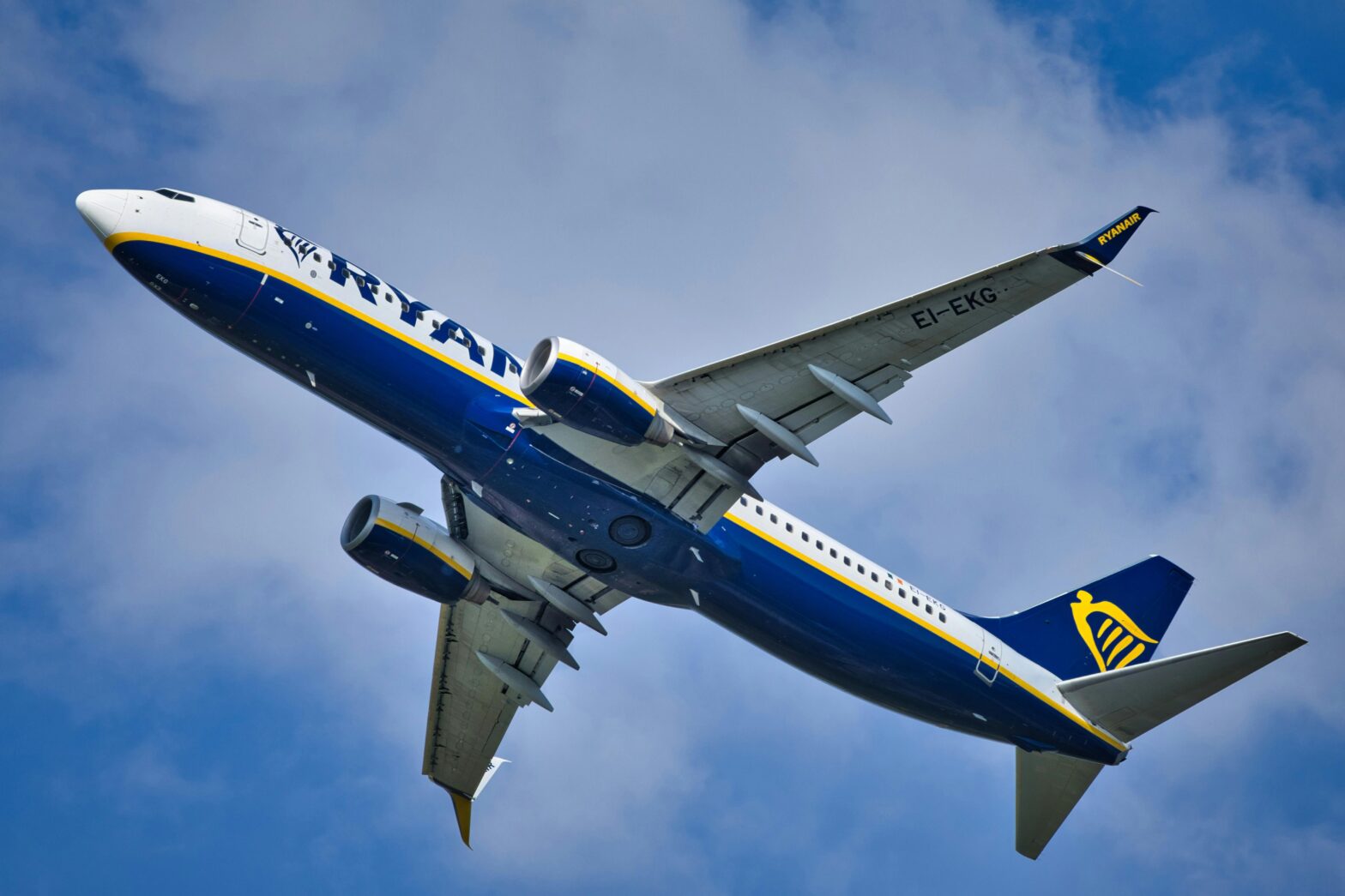Cuba has a unique history with Christmas. In the 1970s, Cuba’s communist leader Fidel Castro limited the practice of the Catholic faith in churches around the country. This move forced many of the country’s practicing Catholics to hide their religious beliefs out of fear of losing their homes, jobs, and the people closest to them.
In 2015, Pope Francis became the third pope to visit Cuba after Pope John Paul II visited in 1998 and Pope Benedict XVI in 2012. Since the Cuban government has lifted their religious restrictions, some of the people of Cuba have quietly started to celebrate their faith again and the religious holidays that come along with it.
While Cubans do celebrate the Christmas holiday, Christmas in Cuba differs from the U.S. due to average Cuban only making an equivalent of 23 to 25 US dollars per month. There are no Christmas trees, lavish home decorations, or boxes of presents under the Christmas tree.
But poverty hasn’t stopped one of Cuba’s oldest cities, Remedios, from celebrating Christmas with a yearly festival on Christmas Eve.
Las Parrandas, the carnival-like festival, started in the 1820s by a young priest named Francisco Vigil de Quiñones.

As the story is told, many of his churchgoers opted to stay cozy in their homes instead of venturing out for the masses held leading up to the holiday due to cooler temperatures leading up to the holiday season. Hoping to up mass attendance during Christmas, Priest Quiñones encouraged children to rally in the streets with any noisemaking object they could including cans, horns, pots and pans, or anything they could find that would attract people.

His plan worked, and the townspeople showed up for a series of masses that started on December 16th and ending on Christmas Eve as the grand finale. Much of the small town traditions are still in play, but the festival now has an assortment of entertainment from music, art, and competitive firework displays — with local carpenters, electricians, designers, dressmakers putting hours of work to bring the festival to life.

The competitive nature of the festival has been in place since the 1800s, with the eight neighborhoods of the town being divided into two rival groups, El Carmen and San Salvador. The two would compete to see which had the best firework displays, light decorations, floats, and musical ensembles. San Salvador uses the colors red and blue along with the symbol of a rooster, and El Carmen’s color of choice is brown with the globe as its symbol.

There are no judges to decide the winner, keeping the annual battle of the neighborhoods light-hearted and full of fun.

At 10 PM on December 24th, the church bells ring and the annual “rival rumba” begins igniting the sky with an array of fireworks and the town then celebrates this annual festival with music, art, and good vibes until dawn. Once it’s all over the city gets start planning for the next years Las Parrandas.
The lively celebration has now extended into the nearby cities of Camajuaní, Vueltas, Caibarién, Guayos, and Encrucijada, so if you’re intrigued by this one of a kind experience, there are many nearby cities to call home on your visit.










